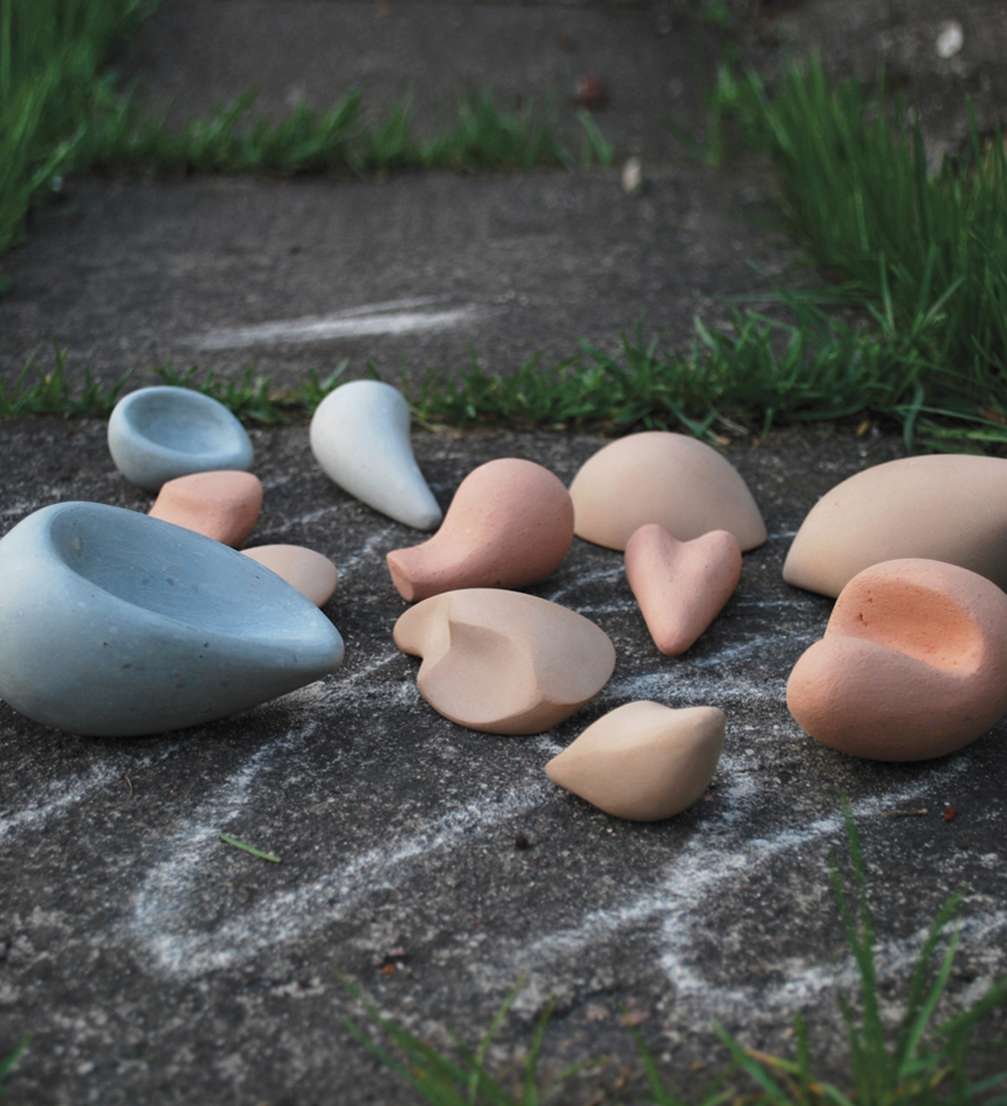
At the Art Academy of Latvia Design graduates’ days, we took note of several young designers whose work and methods we would like to highlight. Ieva Pastare’s degree project uses natural Latvian clay and ergonomic forms to strengthen hand and foot muscles by drawing as exercise. At the opening of the exhibitions visitors got carried away by «zīMULĪŠI» and used up a whole set.
«zīMULĪŠI» are unburnt clay crayons adapted for hand and foot ergonomics that help develop muscle strength and prevent motoric disorders. They come in natural Latvian clay shades and are suitable for drawing on paper, blackboard, asphalt, and other surfaces. The fact that «zīMULĪŠI» crayons can be gripped by feet not only helps avoid flatfoot, but also encourages creative thinking.
«zīMULĪŠI» are made out of three most widespread types of Latvian clay — red, grey, and brown. Clay’s plasticity allows for various forms, while the crayons also have antibacterial and medicinal properties. They disinfect, prevent inflammation, and improve skin health.
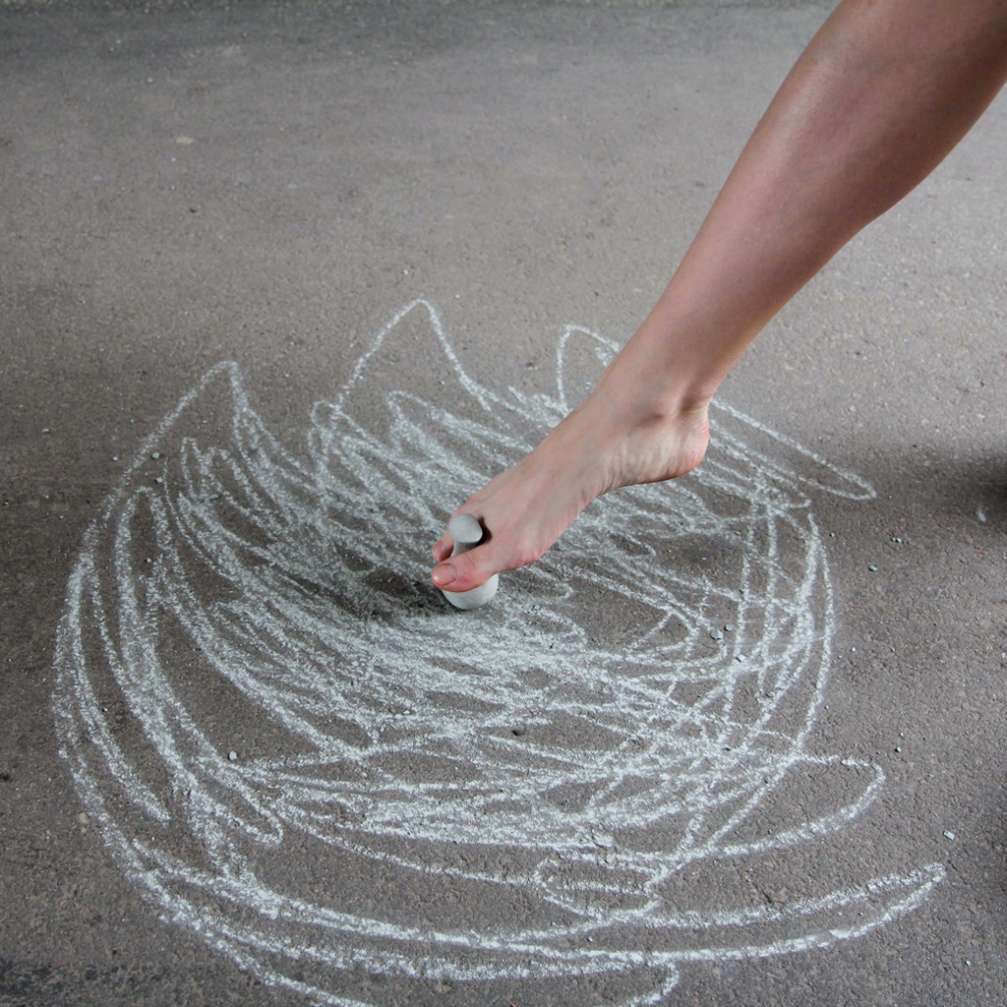
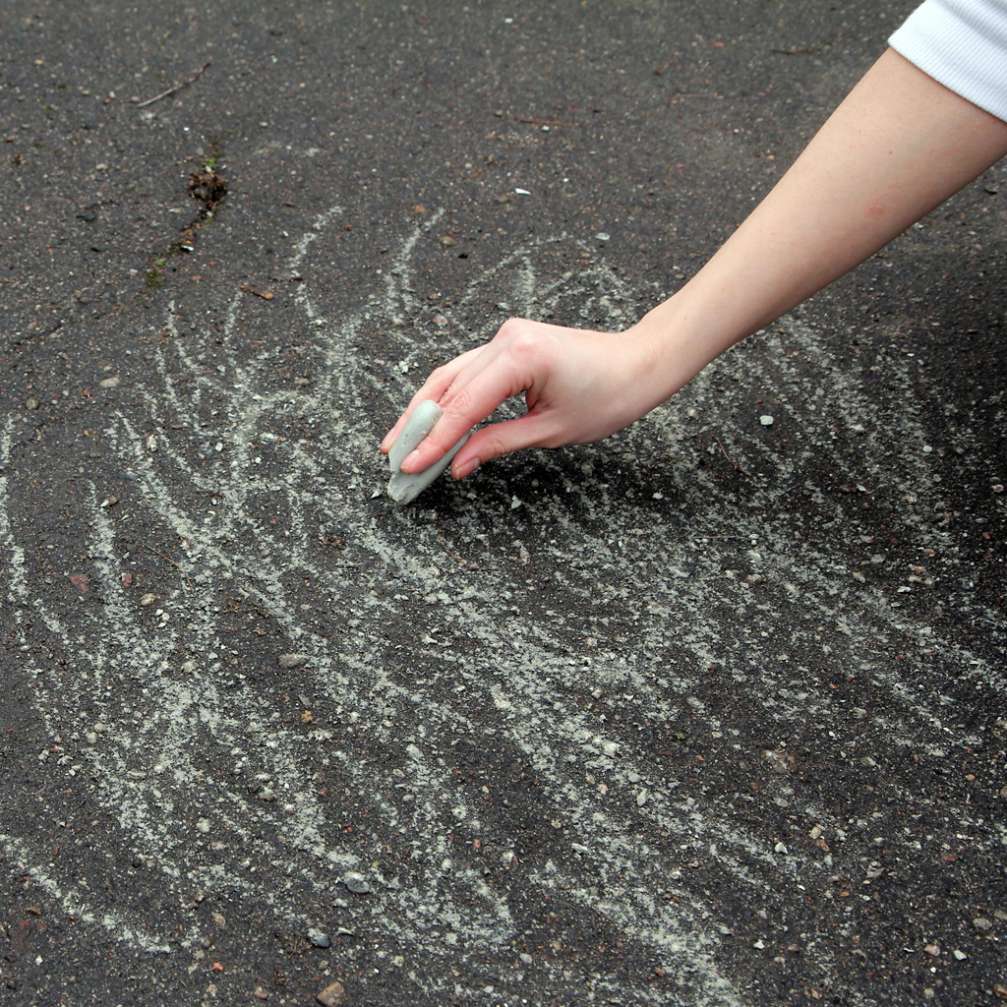
Ieva Pastare studied hand and foot motion thoroughly to create ergonomic forms. Alternating gripping points change muscle tension and level of motion complexity. Drawing with «zīMULĪŠI» develops fine motorics, which is important for children acquiring talking and writing skills. For adults, «zīMULĪŠI» help cure different injuries and illnesses like, for example, stroke after–effects. For seniors, working with the crayons can help maintain liveliness and fight dementia.
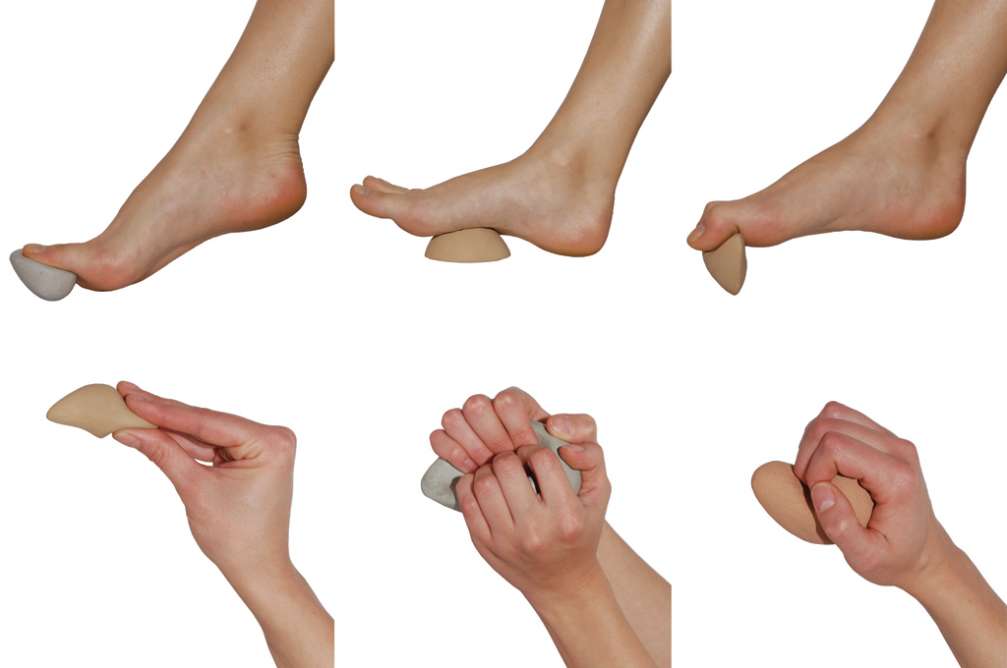
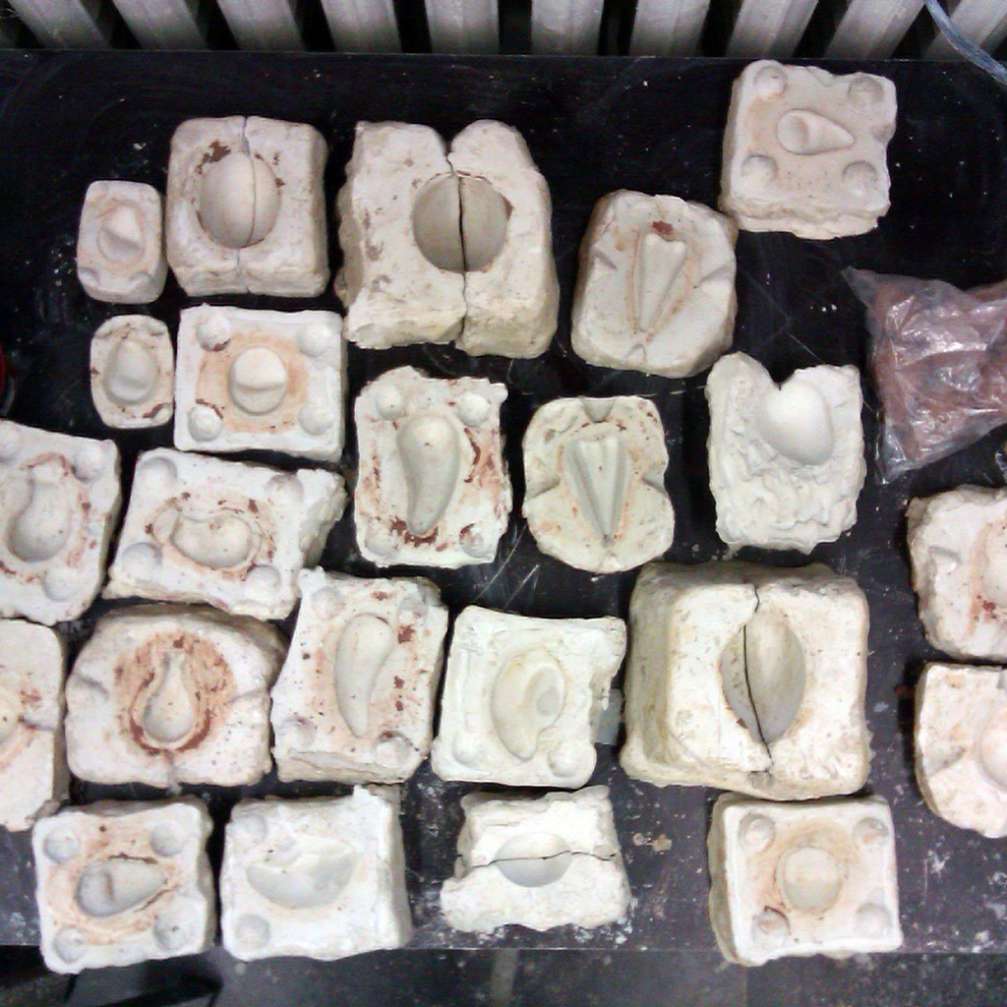
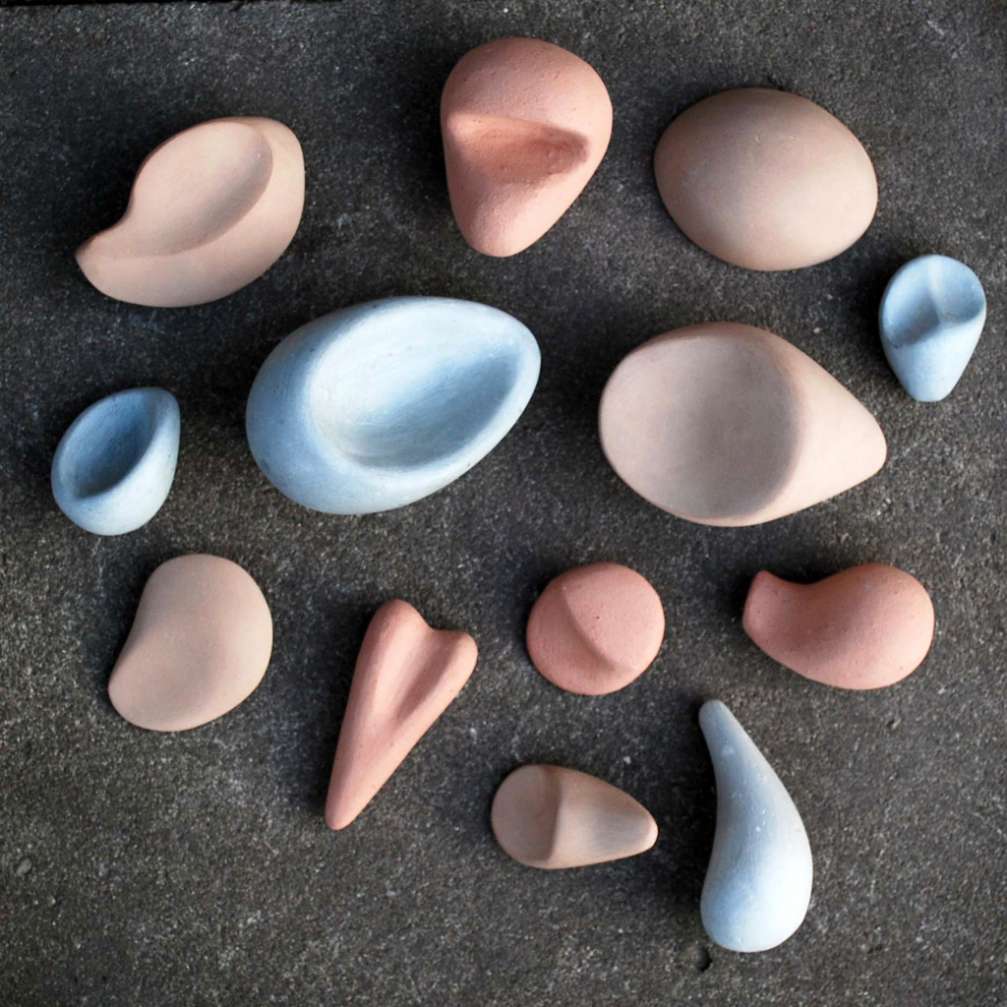
For the author, it is important that the material is natural: «From the nature they come, to the nature they return, because a drawing on a pavement sooner or later is washed away by rain, taking it back to the depths of the earth.»
«zīMULĪŠI» is Ieva Pastare’s bachelor’s degree project at the Art Academy of Latvia, and it was supervised by associated professor Barbara Ābele.
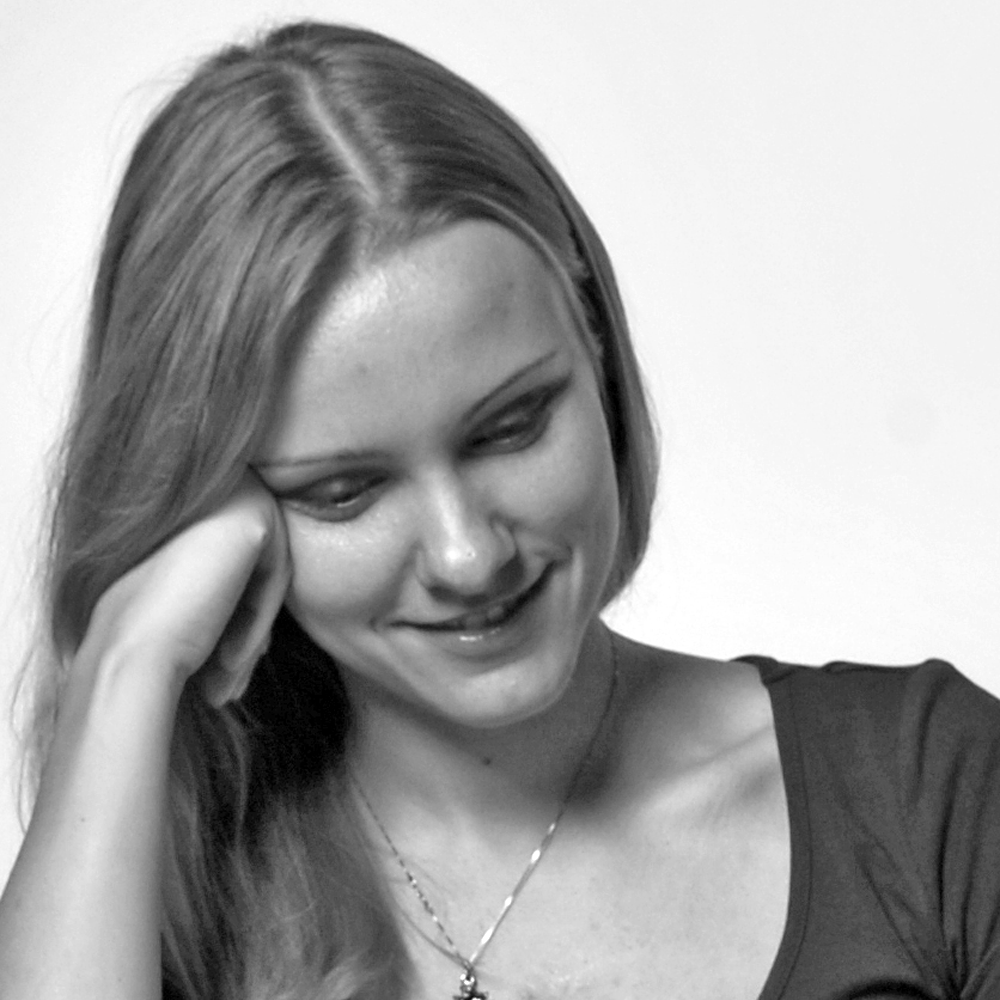
Viedokļi